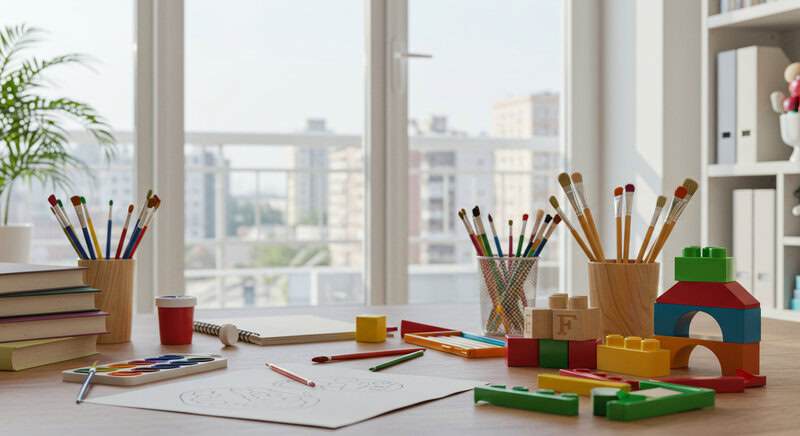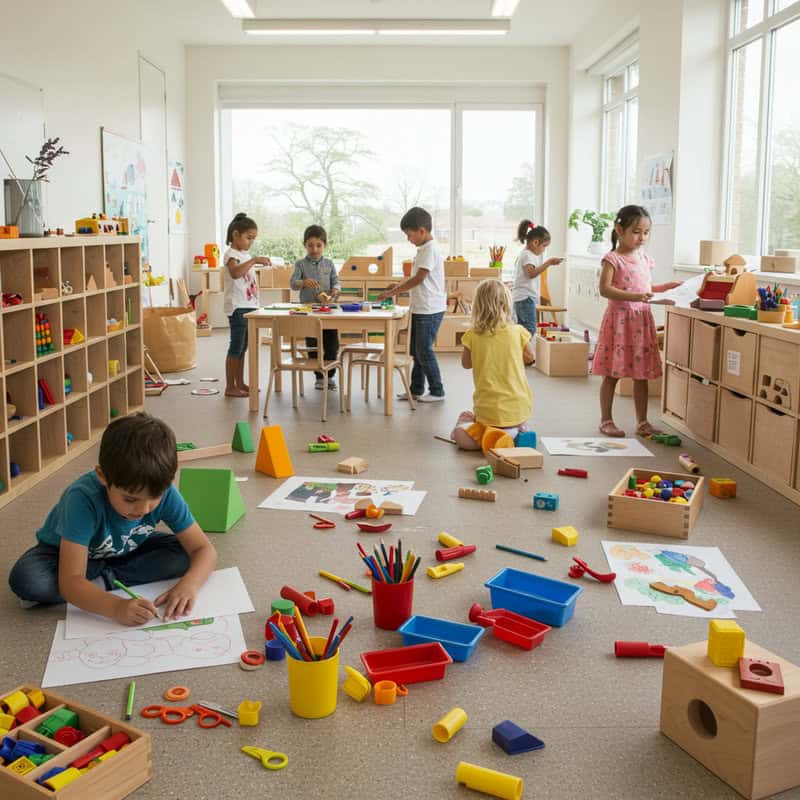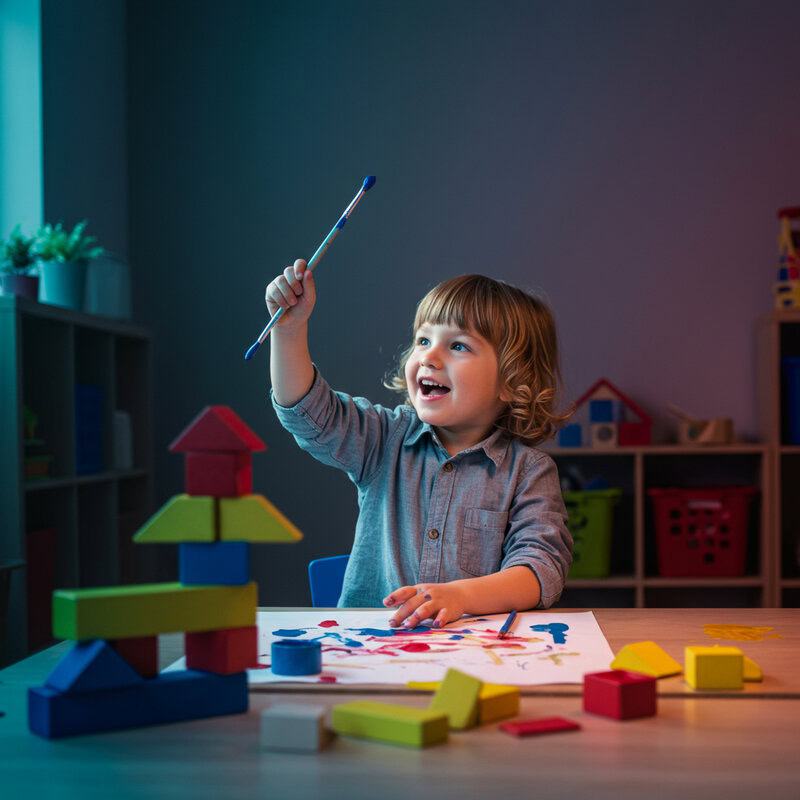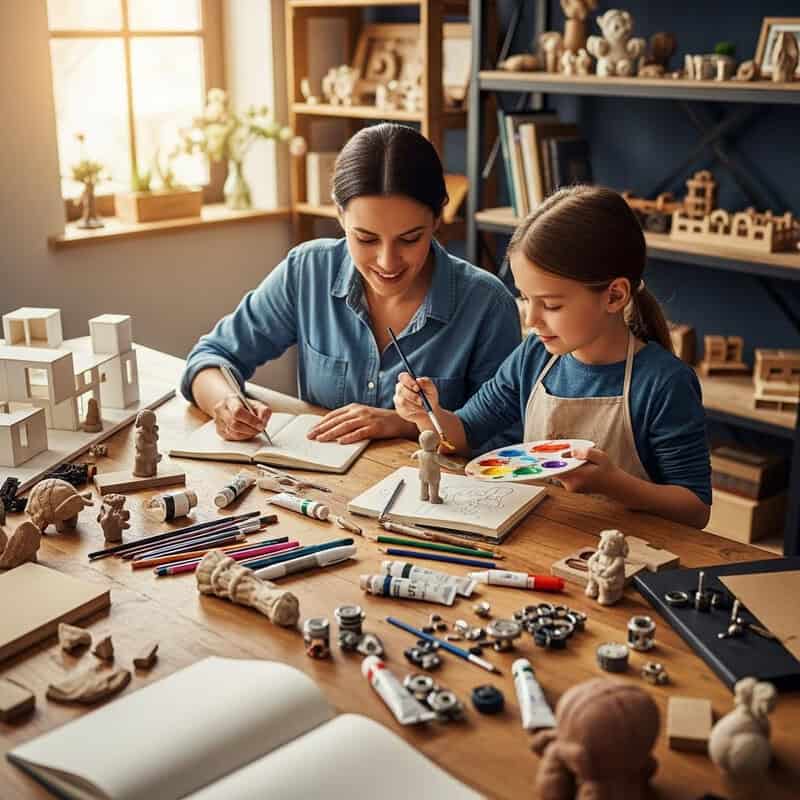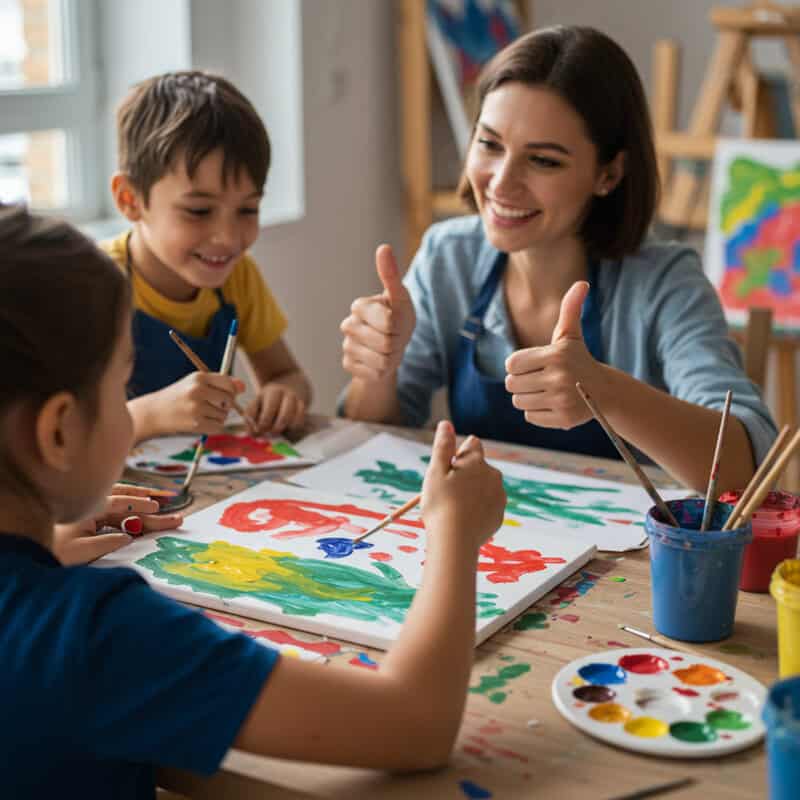Encourage Curiosity and Questions
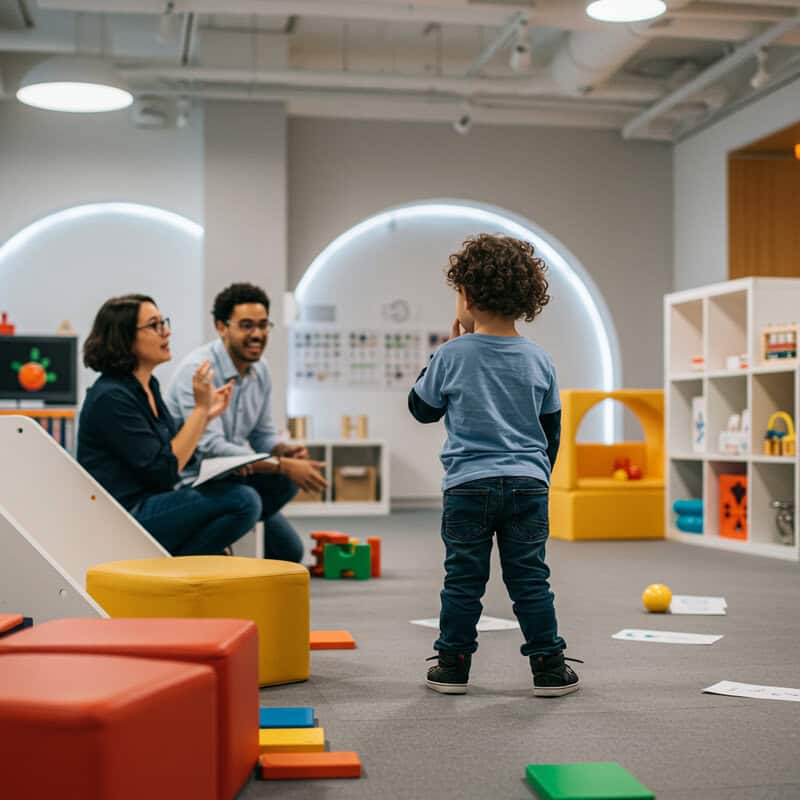
Children are naturally curious, and their questions are the foundation of creative thinking. Instead of providing immediate answers, encourage them to think deeper by asking open-ended questions in return, such as “What do you think will happen if…?” or “Why do you suppose that is?”
This approach supports exploration and problem-solving, helping kids develop confidence in their own ideas. Embrace their curiosity by showing enthusiasm for their inquiries and guiding them to discover answers together. For more on fostering curiosity, visit PBS Parents’ guide on encouraging curiosity.

